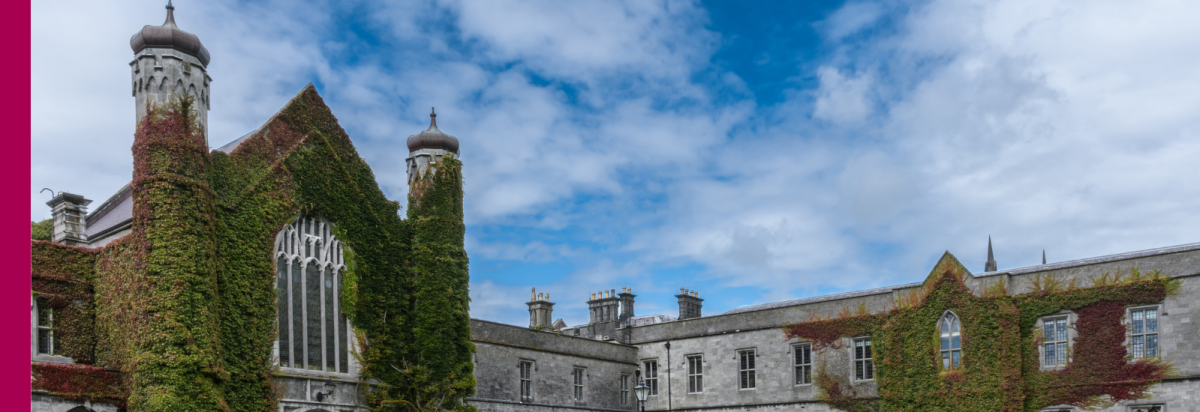Award: iMagiMat or the Magic Carpet was nominated as runner up for BioNow Innovative Aging award. November 2013.
Dr Patricia Scully (CEAS) and Dr Jose Cantoral Ceballos (EEE) attended the awarded dinner on Thursday 28 November together with Daniel Syder of UMIP.
http://www.bionow.co.uk/news/bionowannounceshortlistfor2013bionowannuala.aspx
iMagiMat is a tomography based sensor mat that images the real-time pressure distribution exerted by patient footsteps, to access their mobility for diagnosis and rehabilitation monitoring. The technology will be implemented as a carpet underlay for non-intrusive capture of habitual daily movement and footfall details of elderly patients, to identify the onset of gait change leading to falls, triggering intervention. Demand is driven by the aging population and medical advances that increase patient survival rates and prolong life. The intelligent mat will monitor long term conditions affecting mobility, and the effectiveness of rehabilitation and exercise regimes.
“Magic” carpet, a hi-tech safety net for elderly care Interview by Reuters News Agency.
‘Magic Carpet’ by University of Manchester That Reads Walking Patterns PhD students demonstrating the mat in action.




